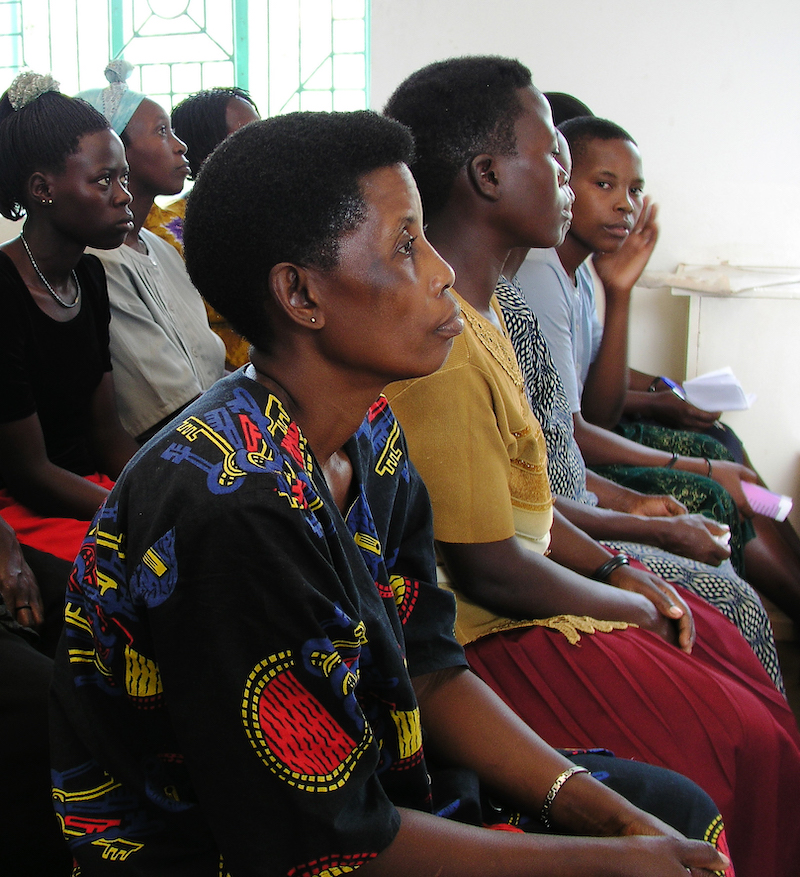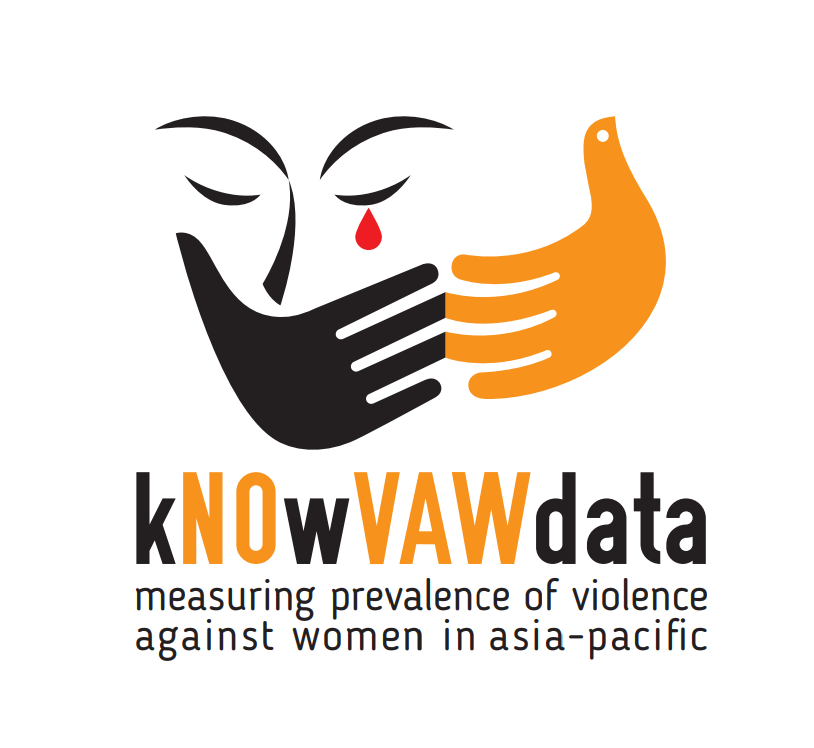
Rates of violence vary widely from country to country, region to region, and community to community. Having good data on violence is important for designing effective programmes and advocating for change. The most reliable data on violence—specifically intimate partner violence, but also violence against children and other forms—comes from nationally or geographically representative surveys that have been specifically designed to collect data on violence. These surveys include extensive training of the interviewers and specific procedures to protect and support respondents, as well as to encourage disclosure (see Ethics and Best Practices).
Rates of violence captured by these surveys are much more accurate—and much higher—than those reported by administrative sources, such as police records, health clinics, or magistrates. Why is this the case? Only a small proportion of women who experience violence ever seek help from formal services. In a sample of low-income countries, for example, only 7 percent of women on average reported their experience to authorities, with regional variation between 2 to 14 percent (learn more here). Those who report to formal sources generally represent a more severe sub-set of all victims. Thus, this administrative data is not at all a reliable indicator of the actual proportion of women suffering violence.

Facts and figures: Ending violence against women

Nearly 400 million young children worldwide regularly experience violent discipline at home
New data also reveal many young children are deprived of play, stimulation, and interaction with their parents and caregivers

Violence Info – A global knowledge platform for preventing violence

Understanding and Using VAW Prevalence Data

Technology-Facilitated VAW: Evidence and Data Collection

Prevalence Rates,Trends and Disparities in Intimate Partner Violence: POWER OF DATA IN THE IPV GEOSPATIAL DASHBOARD

IPV in 46 LMICs: An Appraisal of the Most Vulnerable Groups of Women

kNOwVAWdata: Sources of Data
- Demographic and Health Surveys (by country or by indicator)
- World Bank Gender Data Portal (by country or indicator)
- UNFPA Dashboard (by country)
- Violence Against Children Surveys (reports and data request)
- Harsh discipline data from Multiple Indicator Cluster Surveys or Demographic and Health Surveys
- UNICEF Violence against Children (resources)
- Data Hub for School-Related Violence

